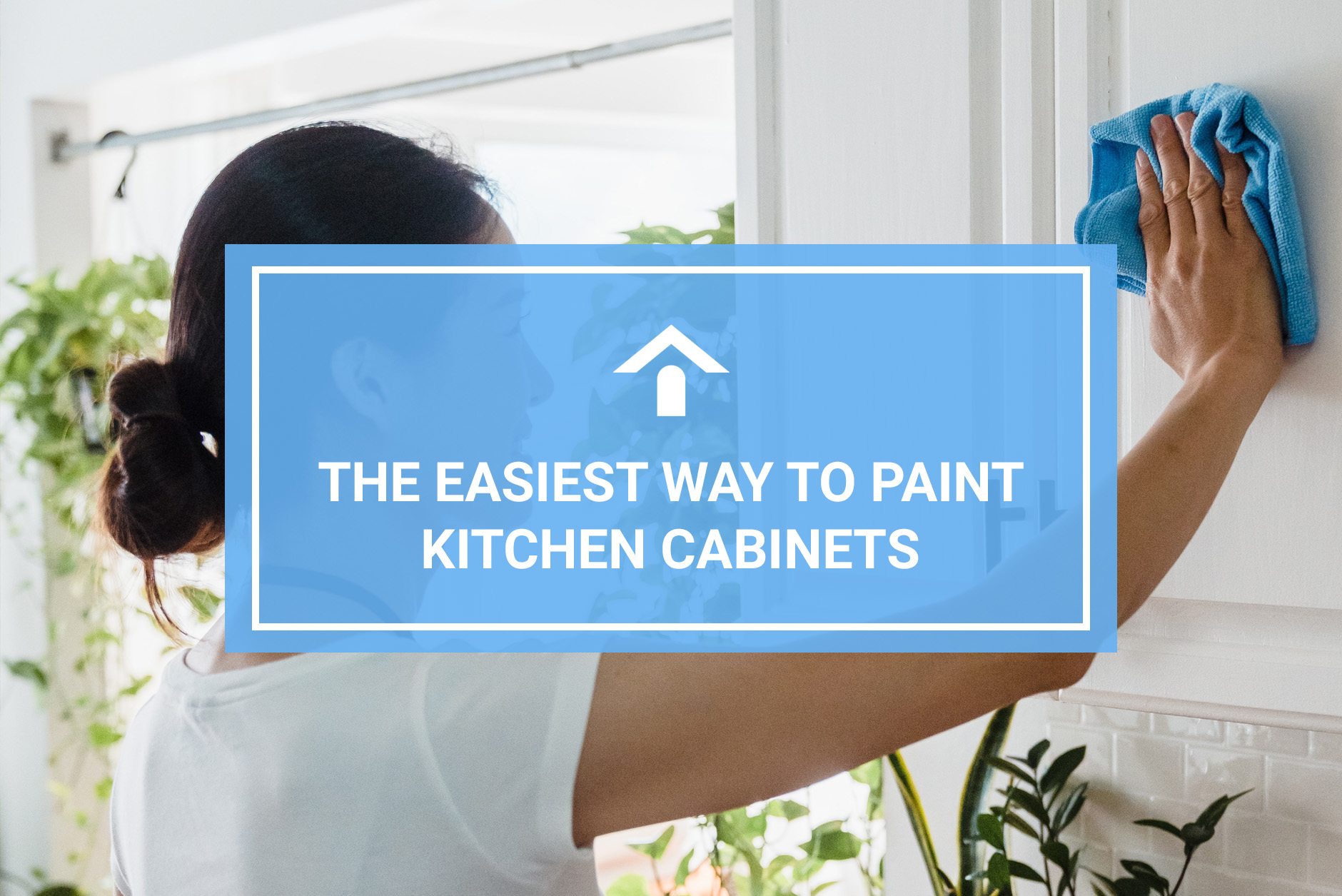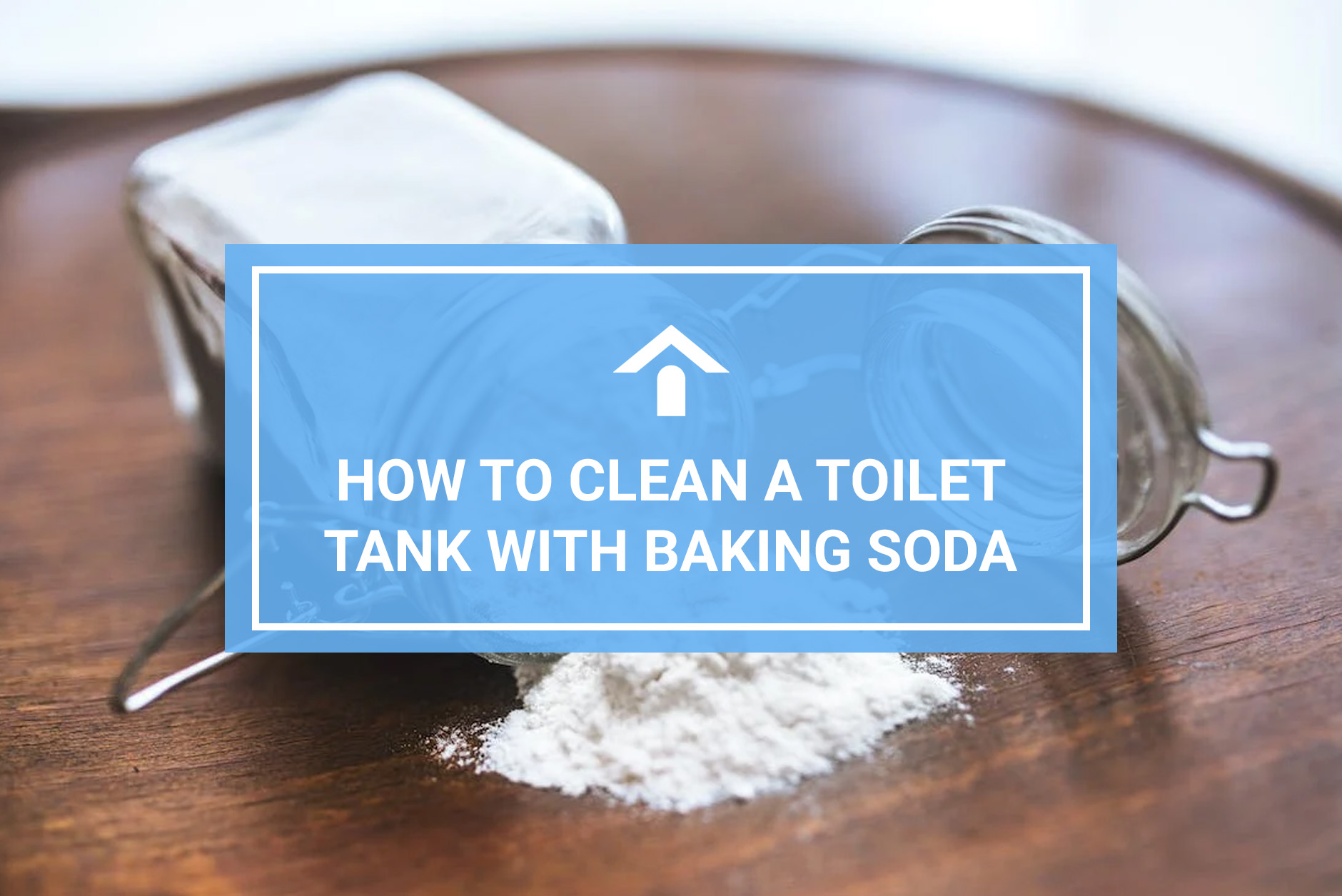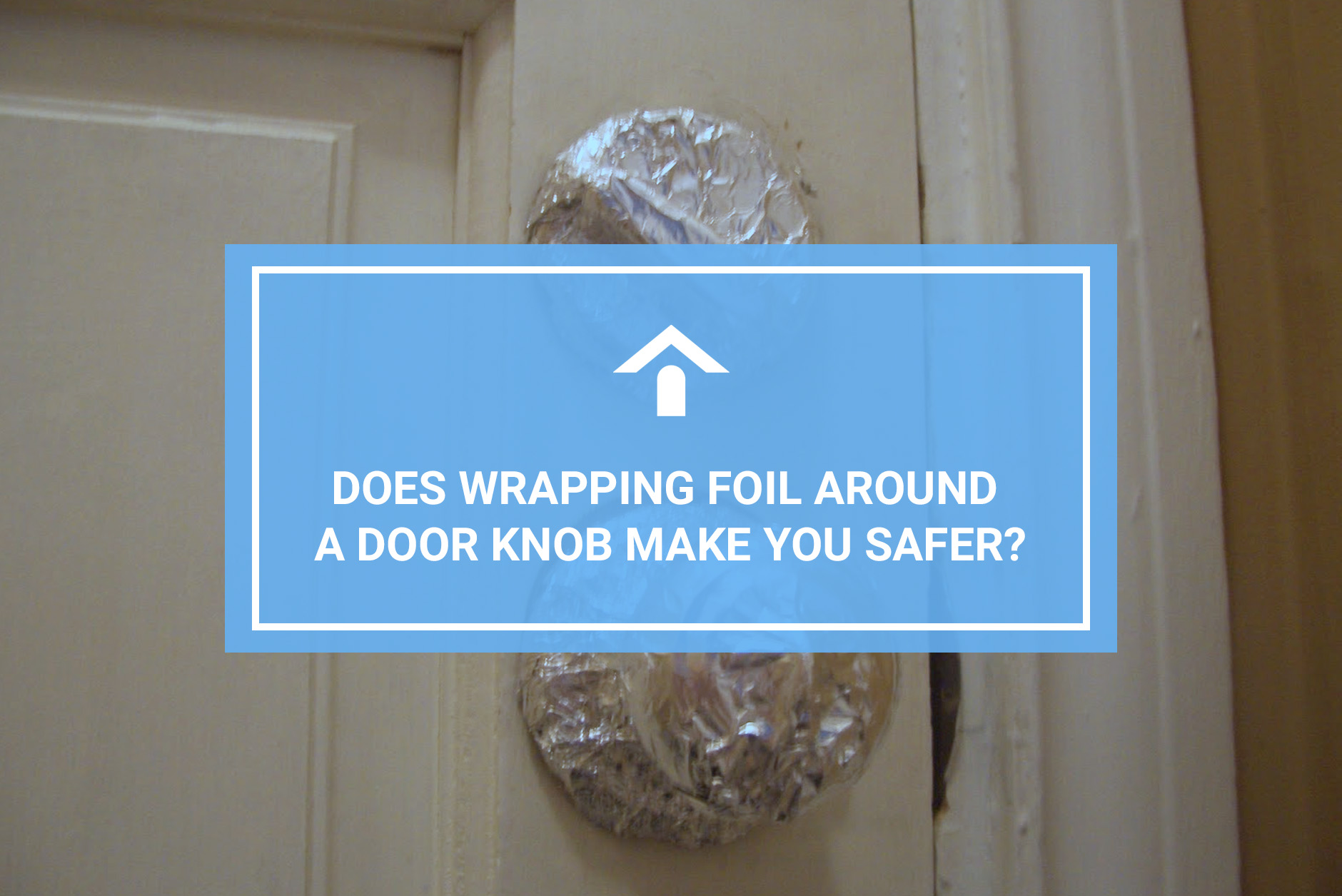Your kitchen should be your sanctuary. You spend a ton of time in there, and it’s one of the most important features of any house. But it’s difficult to truly enjoy your kitchen when you’ve got row after row of kitchen cabinets that are begging for a paint job.
Whether you just don’t like the color or the cabinets’ last coat is looking a little worn, problems with your kitchen cabinets can color your perception of your entire kitchen — even your home. Fortunately, there’s a solution: paint your kitchen cabinets.
That, of course, brings up a whole bunch of DIY difficulties. Before you can even get to the painting, you’ve got to sand the cabinets down. But what if you could skip that step and still get a gorgeous new coat of paint on your cabinets?
You can. Here’s the easiest way to paint kitchen cabinets without sanding.
Is It Possible to Paint Kitchen Cabinets Without Sanding First?
Let’s begin by getting something out of the way: It’s OK to paint your kitchen cabinets without sanding them first. A lot of home renovation traditionalists would say otherwise, but the truth is that you can dull the old finish on your cabinets with a high-quality deglosser.
If the cabinets are beaten up to the point that they have visibly rough spots or contusions that paint simply can’t cover up, you may have to sand your cabinets. But most cabinets are not in this condition, and when they are, you may want to think about replacing them outright anyway.
The No-Sanding Method for Painting Kitchen Cabinets: 6 Simple Steps
Even though you don’t have to sand your kitchen cabinets before painting them, you should still be prepared to do some work to get this job done. We’ve broken the process down into broad steps, but each step contains several smaller steps that will be important to the overall success of this home improvement project.
1. Remove the Cabinets and Hardware
To paint your kitchen cabinets, you’ll need to remove the doors and related hardware, as well as any drawers. Start with the drawers — most simply pull out, but some will require you to lift up and pull, and others simply won’t come out. If your drawers can’t come out, simply paint them where they are later in this process.
With the drawers removed, you’re ready to remove the kitchen cabinet doors. Grab a drill and use it to remove the screws securing the hinges to the frames and doors. Make sure you have completely removed the hinges and other hardware to ensure that you paint every part of the wood and don’t paint the metal hinges. Don’t forget to empty the cabinets and remove any inner shelves.
2. Clean the Cabinets
Kitchen cabinets get dirty over time, and that goes double for those near ovens and stovetops. You don’t want to paint a dirty cabinet because you will lock in dirt, grease, and unsightly imperfections. Instead, use a degreaser to gently scrub the wood.
After that, wipe all of the cabinets down with a damp cloth and allow them to dry.
3. Apply a Deglosser
Next, you’ll need to apply a deglosser to your kitchen cabinets using a rag. Before you do that, remember:
- Never use deglosser indoors or in a poorly ventilated area. These substances are made with powerful chemicals that can be harmful to those who inhale them. Use gloves while you are applying the deglosser.
- Apply deglossers to the cabinet drawers and doors. These are the most visible areas and are therefore the most likely to have thick coats of varnish you will want the deglosser to dull.
- The deglosser will need at least 30 minutes to dry before you move on to the next step.
4. Apply Primer
Within an hour of the deglosser drying, you will need to apply primer to the most visible parts of your kitchen cabinets. Use a medium-bristle paint brush for this job.
5. Add Two Coats of Paint
If you have any sort of molding on the fronts of your kitchen cabinets, you will need to use a fine-bristle brush to paint those areas. For the flat surfaces, you can use a roller to apply the first coat of paint.
Because you will need to apply a second coat, it’s helpful to paint the pieces of the cabinets in stages: fronts first, then frames, then drawers. That way, the fronts are nearly dry and ready for their second coat by the time you finish the drawers.
You should wait at least four hours before adding the second coat. And keep in mind that the second coat is optional, although it adds a nice brightness of color that goes well in most kitchens.
6. Reattach the Hardware and Reinstall the Cabinets
You’ll need to let the last coat of paint dry for at least 24 hours before you complete this step, but once a day has passed, you’re ready to reattach the hardware and reinstall the cabinets. From there, all you have left to do is clean up and enjoy your shiny new kitchen look.
Other Considerations
Like any home improvement project, painting kitchen cabinets without sanding is relatively straightforward, but it can come with some complications. As you get ready for this project, keep the following considerations in mind:
Paint Drying Time
Always pick your paints carefully, but when you’re picking paint for kitchen cabinets, keep drying time at the top of your mind.
Why? Because if the paint is far too slow to dry, it can drip, run and bubble instead of bonding to the cabinet and drying in place. And if it dries too quickly, it may not spread and fill in around the individual grains of the wood before it hardens.
Also, you can waste a lot of precious time waiting for paint to dry if you go with a slow-driving paint, and no one wants that.
Painting with the Grain
If you’re working with cabinets made of oak or another wood with a deep grain, you’ll want to make sure you paint with the grain to minimize the look of the grain under the paint (unless that’s the look you’re going for). This is especially true if you are painting with a light color.
If you’re concerned that the grain is so deep that it will show through in an unsightly way no matter what, consider applying a wood grain filler before painting.
Stay Organized
As you remove the cabinet doors, drawers, and hardware, remember to stay organized. Create some kind of system to make sure you remember which screws go with which hinges, which hinges go with which doors, where each door goes, and so on.
You may think that this will be obvious to the naked eye, but remember that kitchen cabinets are often custom jobs that require slight size differences to fit into an existing kitchen. Save yourself some serious headaches by labeling the individual pieces with tape or sticky notes.
Check Hardware Measurements
Sometimes, cabinets that need a paint job could also use some updated hardware. If you plan to replace the hinges and other hardware on your kitchen cabinets, make sure you check the measurements carefully.
Especially with older cabinets, the hardware will not necessarily be standard. And you’ll want to make sure you’re getting hardware that will actually enable you to hang your freshly painted kitchen cabinet doors.
Fill Holes with Paintable Caulk
Why bother painting kitchen cabinets when there’s a big hole that’s going to distract from their freshly painted beauty? Getting ready for a new paint job is the perfect time to go ahead and take care of any small holes in the doors or cabinets themselves.
To do that, apply paintable caulk before you paint. Allow it to dry fully, and then paint right over it. Your kitchen cabinets will look as good as new.
To Simplify, Grab a Cabinet Painting Kit
If you’re not a DIYer at heart, that’s OK. You can still get this job done with relatively little stress. All you need to do is head down to your nearest home improvement store and pick up a cabinet painting kit.
You’ll likely see several brands and use cases represented in the cabinet painting kit aisle. But they all should come with everything you will need to paint your kitchen cabinets with or without sanding.






